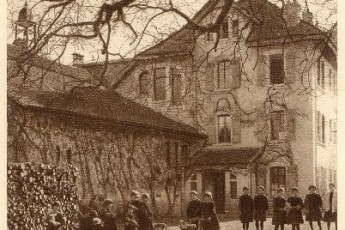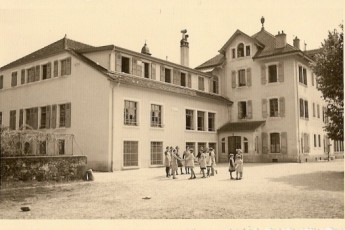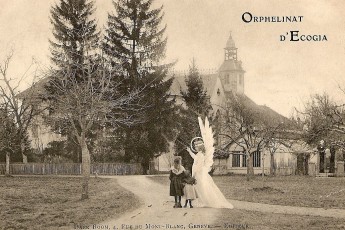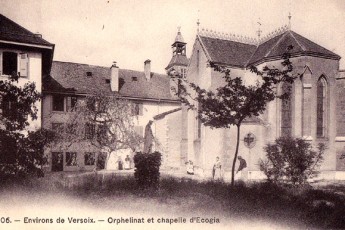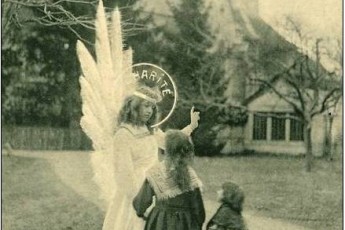History
Our goals
Day by day, women, children and men are exposed to extreme violence in many situations of armed conflict throughout the world, causing humanitarian needs to grow steadily.
In order to be able to protect and assist the victims of conflicts, it is essential to make sure that humanitarian workers are well prepared and professionally trained for their task. Human resources are the foundation on which every operation rests, and for the ICRC as for any other organization, training is a vital investment.
The ICRC hence decided to concentrate its training facilities at Ecogia, an ideal location for carrying out programs designed to offer realistic simulations of problem situations in order to meet these challenges.
Ecogia is also a place where humanitarian organizations and other bodies may share the experiences they have acquired in their specific areas of concern.
The hamlet of Ecogia
The hamlet of Ecogia has a long history. One of its attractions is a recently renovated spring used by the Romans to supply an aqueduct that carried water to a villa located on the site of the present-day Versoix railway station.
The name “Adesgogia” was first mentioned on a document dating from 1022. There are many theories about its etymology. The linguist Ferdinand de Saussure suggested that its origine is the Latin “ad” (“near”) and “esgogia”, a derivative of “exagitare” (“to gush forth”) – a clear allusion to the spring.
“Hic sitiens viator – vinum non acqua plus quam”
(Stop here, thirsty traveller – no wine tastes better than this water)
This Latin inscription can be found on the stone basin that was built around the spring in 1824.
The building, which dates back to the eighteenth century, was taken over by a religious order in 1881 and turned into an orphanage. In July 1993, after the order put an end to its activities, the estate was bought by the municipality of Versoix, which put it at the ICRC’s disposal in June 1999.
